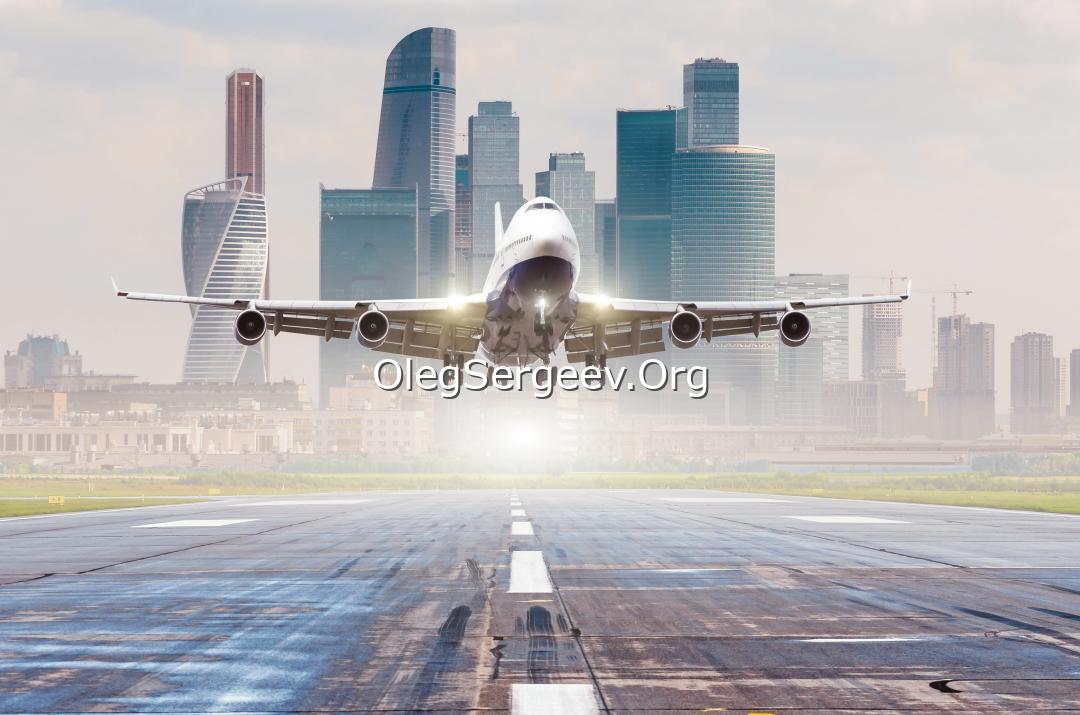Total digitalization is a salvation for air cargo transportation during a pandemic
The full digitalization of air cargo will accelerate the transition to safer and more resilient supply chains in the face of future pandemic threats.
In more than two years, the aviation industry has shown remarkable flexibility and the ability to reimagine business, offering more and more new solutions, often involving collaboration with other parties, including competitors. For most airlines, including ZetAvia, it has become clear that an important part of the fight against pandemics is the need to streamline all processes and automate repetitive routine operations.

As the industry grapples with the latest wave of disruption due to Covid-19 that has disrupted schedules and required new quarantine measures for crews, conventional thinking and practice are clearly not enough. There is also an existing shortage of personnel, when most companies simply cannot afford to spend human resources on activities that a computer can easily and quickly handle.
In such a situation, total digitalization will be a real salvation for the air cargo industry. Full digitization will improve the efficiency of transport routes, speed up information flows, synchronize supply chains, and advance the contactless air cargo environment, thereby increasing the resilience of cross-border trade in the face of possible future pandemic threats.
This view is confirmed by the fact that ICAO (International Civil Aviation Organization) and UNECE (United Nations Economic Commission for Europe) recently announced the completion of the development of new technical specifications for digital air cargo in order to accelerate the transition to safer and more sustainable supply chains. It is claimed that digital innovation will make an important contribution to the fight against Covid-19 as a response and recovery measure for the aviation industry, by reducing physical contact between specialists, which will better protect cross-border trade and international transport operations from current and future pandemic risks. The new digital specifications will replace the old paper air waybill (AWB), Dangerous Goods Declaration (DGD) and Consignment Security Declaration (CSD).
The global air cargo market is projected to reach $111,810 million by 2027, up from $82,570 million in 2020, at a compound annual growth rate of 4% over the next seven years. The main factors driving the growth of the air cargo market will be the growing demand for faster delivery, the growth of cross-border e-commerce, low insurance premiums, lower warehouse requirements, high levels of security and traceable cargo status.
Oleg Sergeev